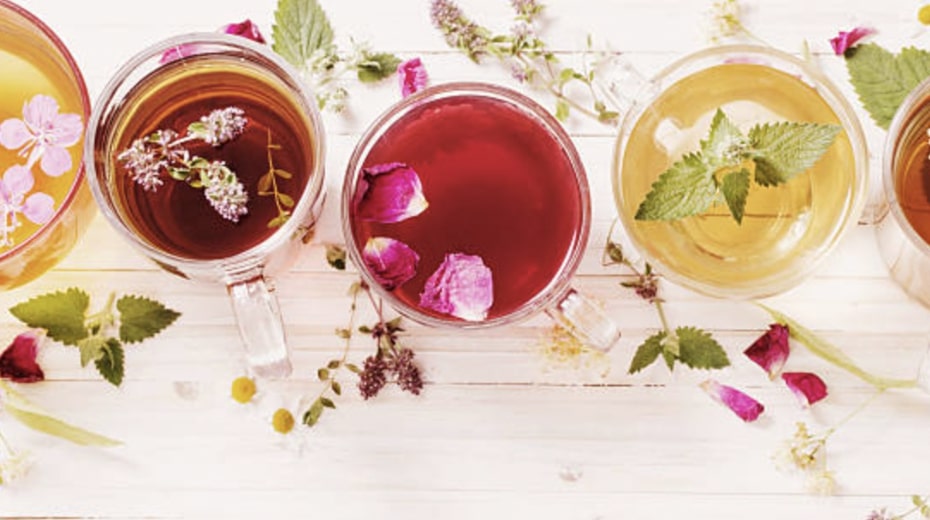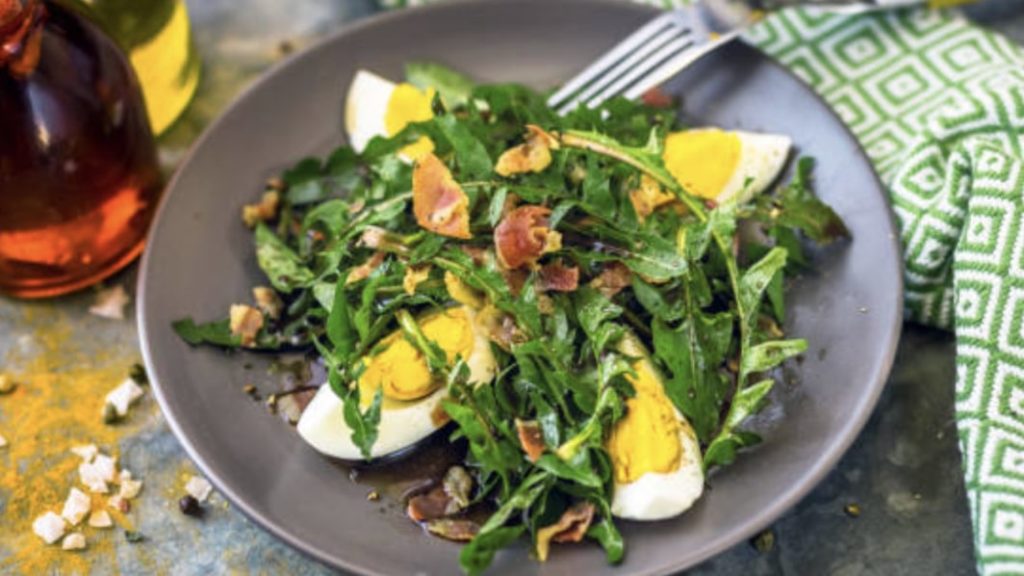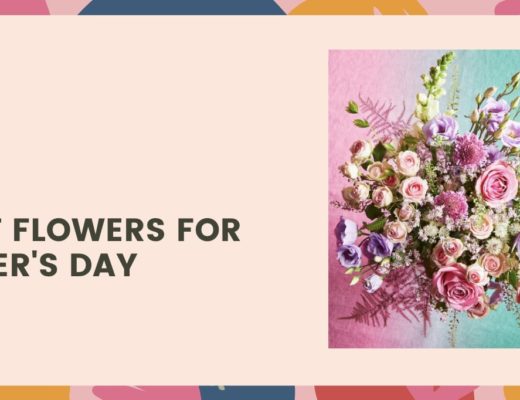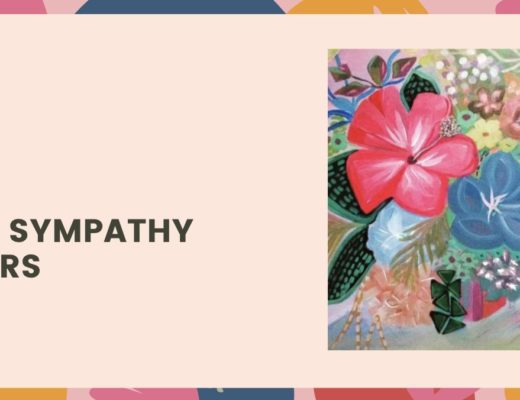Flowers have many uses—not just to express your sentiments, decorate a home, or freshen the house. Some of them can actually be eaten too.
They can garnish a dish to make it look colorful, appetizing, and nutritious. Nutritious petals aren’t surprising because flowers and some of their parts were used as a natural medicine in the past.
If you want to know more about edible flowers and their health benefits, keep reading this guide.
And without further ado, let’s start!
1) Lavender

Lavender is a striking flowering plant with a distinct scent. This scent is sweet and gentle that is a combination of herbal, floral, and evergreen smells.
The flower is shown to have many health benefits. Some examples include elevating one’s mood, relieving menstrual pain, reducing anxiety and depression, and lowering blood pressure.
Given its beautiful color and aroma, it can be used to make a variety of food and beverages such as sweet syrup, cake snacks, herbal tea, alcoholic drinks, and more.
Take care, though, as lavender is a pungent ingredient. So, if you’re cooking it for the first time, only use a little of it and then just add a bit until you get your desired taste.
2) Rose

Isn’t it surprising that the most popular flower is also edible? And we are referring to all sorts of roses.
Only get the petals, by the way, and leave out the leaves and stem. Pick only fresh and fragrant rose petals, as these will taste better.
Roses can be made into delicious food in many ways. One is to infuse a petal in a cocktail or fruit shake to give it a rose flavor, and you can also mix it into your morning granola cereal or salad.
As for its health benefits, its petals are said to aid in weight loss as they contain compounds that speed up metabolism, flush out body toxins, and make you feel full after eating them.
3) Nasturtium

The umbrella-like nasturtium comes in different colors: orange, red, and yellow. When it comes to health benefits, it has plenty of them compared to other edible blooms.
It contains antioxidants like vitamin A, vitamin C, and lutein that make your eyes and skin healthy as well as iron.
Moreover, these defend your body against free radicals which cause cell damage due to environmental and dietary factors like alcohol, stress, and air pollution.
All parts of nasturtium flowers can be eaten. They give a tasty and peppery flavor that can be used on salads, soups, and pesto.
4) Dandelion

The only negative thing about dandelions is they look similar to lawn weeds. Fortunately, that’s as far as it goes in terms of their true beauty and edibility.
Dandelions are a perennial herb that’s an excellent source of vitamin A. They help maintain clear vision, support bone health, prevent pimples, promote healthy reproduction, and more.
The entire dandelion flower is edible including its florets (small flowers) and greens. You may want to include them in your favorite salad, dip, sauce, or pasta, or use them for your tea.




